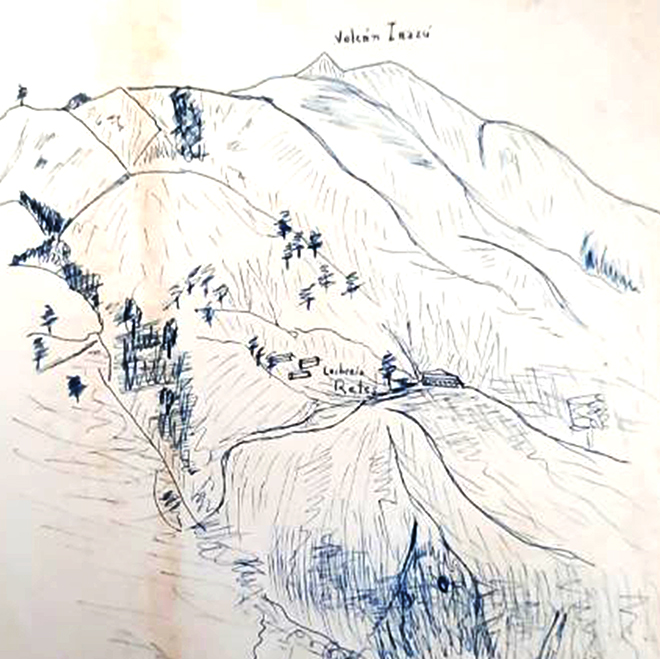Abstract
For the first time, a more accurate location and modern geoarcheological context to the Retes Site (C-378 Re) is assigned. Located at an altitude of 2660 m.s.n.m. and associated with the Cartago phase (800-1500 d.C.) of the Valle Central cultural sequence, in which, the only radiocarbon result available so far comes from a wooden object with a calibrated age of 991-1183 (1δ) d. C. The lithic artifacts stand out for their predominance, made from volcanic rocks, as well as the unique and extraordinary objects made of wood and cotton. Here, some of their particularities are described and the possible sources of raw material are explored. In the case of lithic artifacts, they apparently come from volcanic rocks near Tierra Blanca and the Alto Grande hill, at a distance of 850 m and 10 km, respectively, from the Retes site. While one of the woods modified to make the artifacts, such as cocobolo (Dalbergia retusa), would have come from the low to moderate altitude floors (0-1000 m a.s.l, i.e. basal to premontane) of the Central Pacific and the north of the country. The Hesperomeles obtusifolia, used in South America for medicinal purposes, also stands out. Based on different lines of archaeological evidence, such as the characteristics, abundance and distributions of the materials of the Retes site, they suggest a ceremonial or ritual function. However, more research is required, to postulate whether it corresponds to a particular pre-Hispanic relevance sector, in these highland populations of Cartago, as an additional route to and from the Caribbean.



